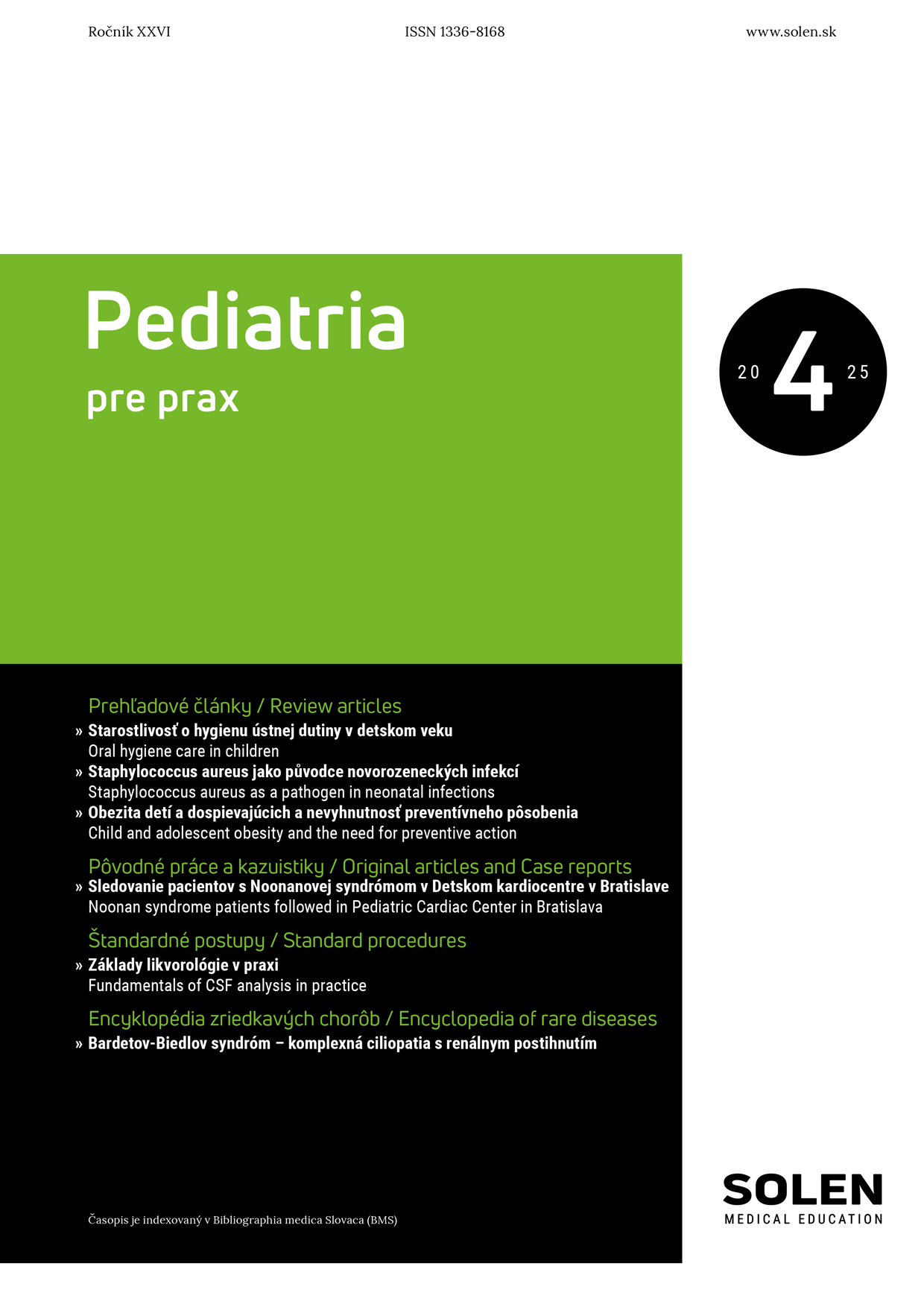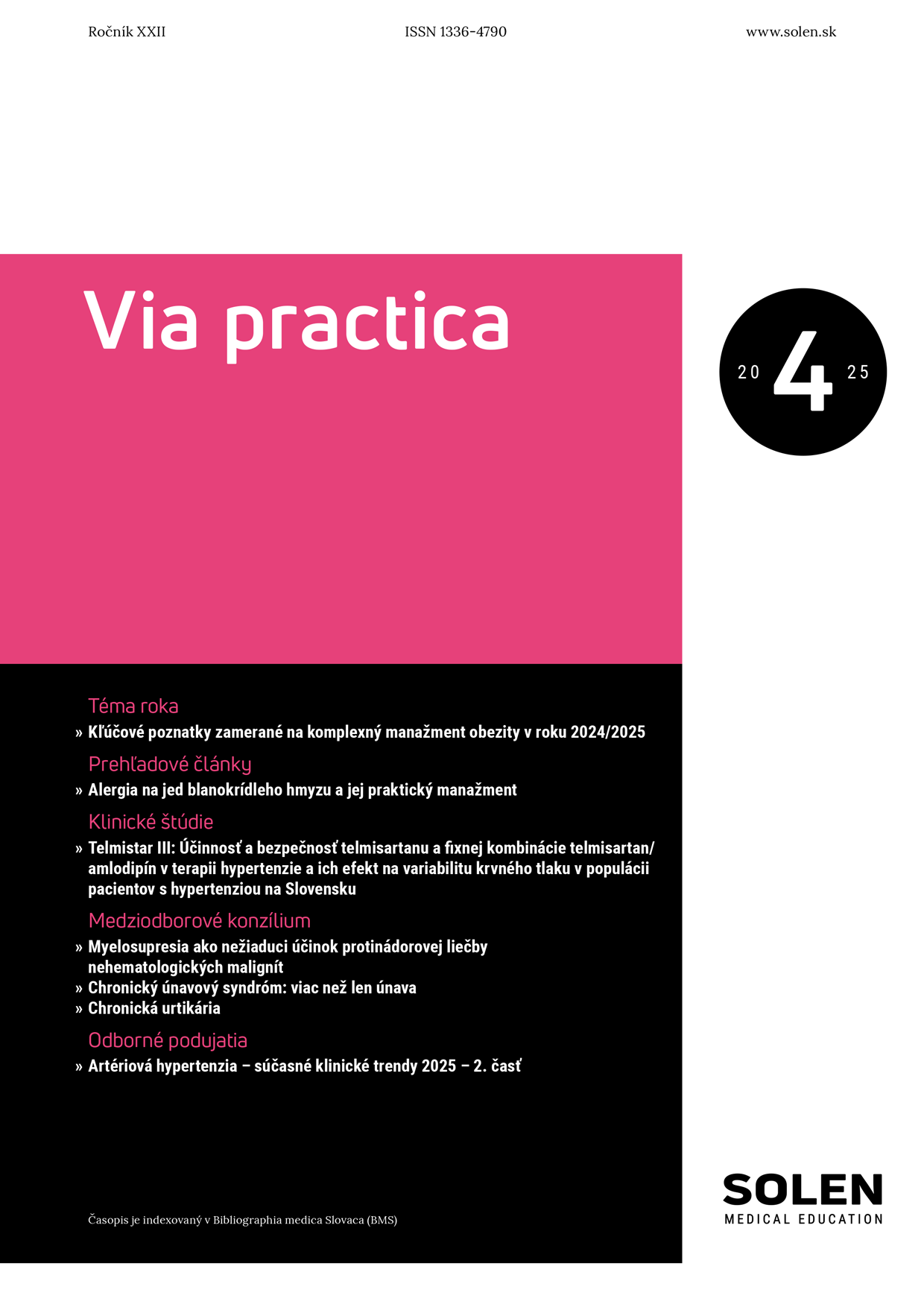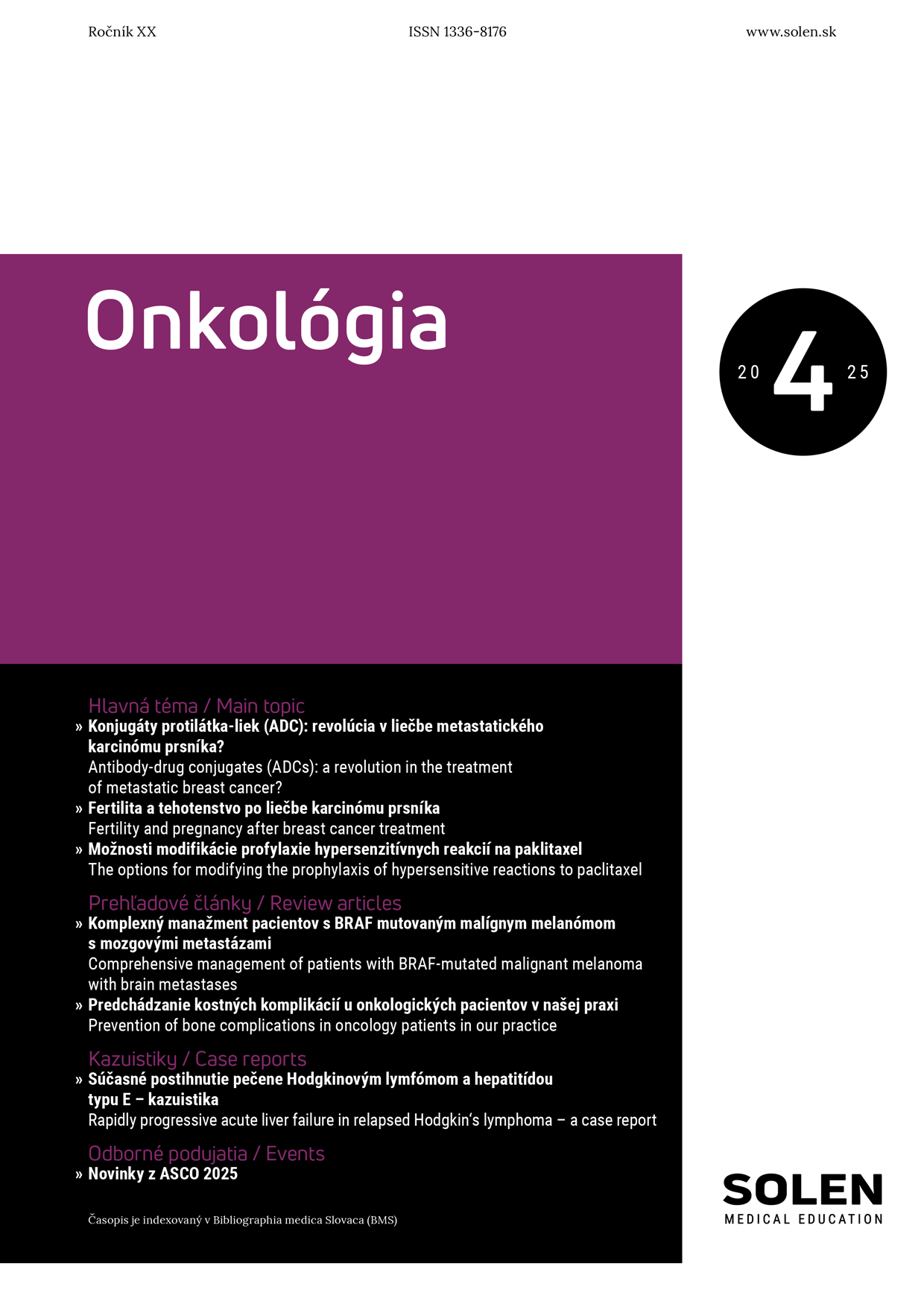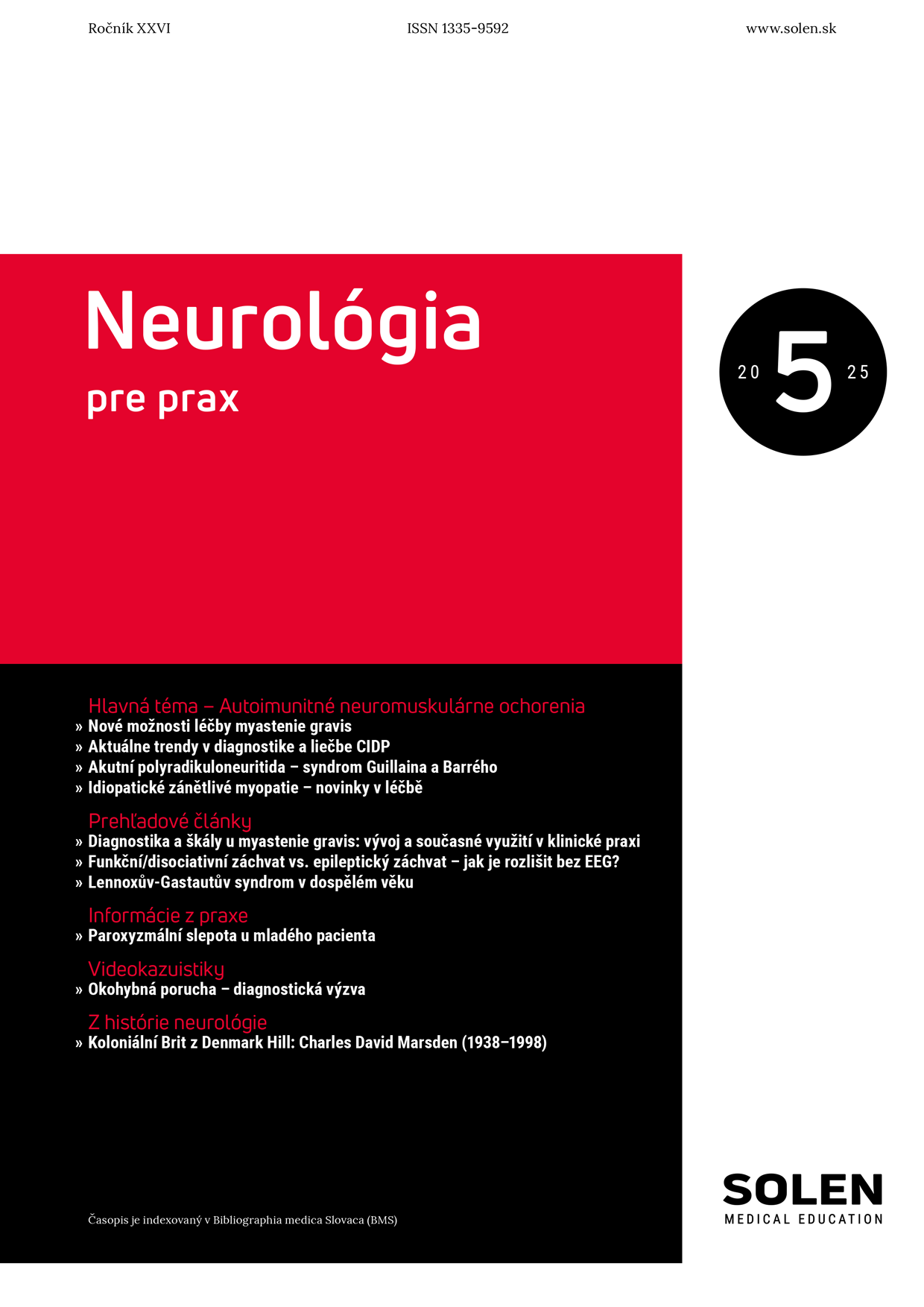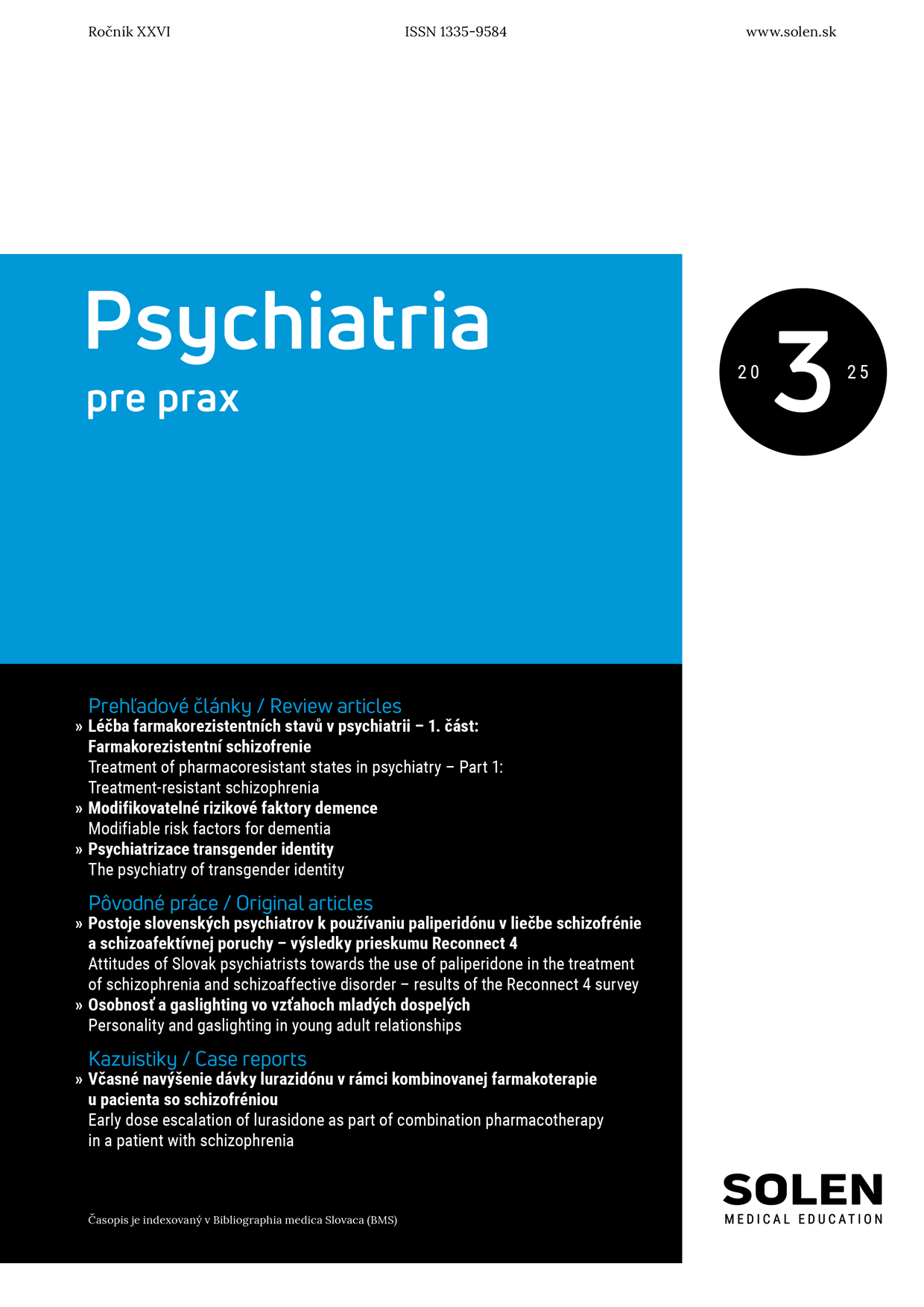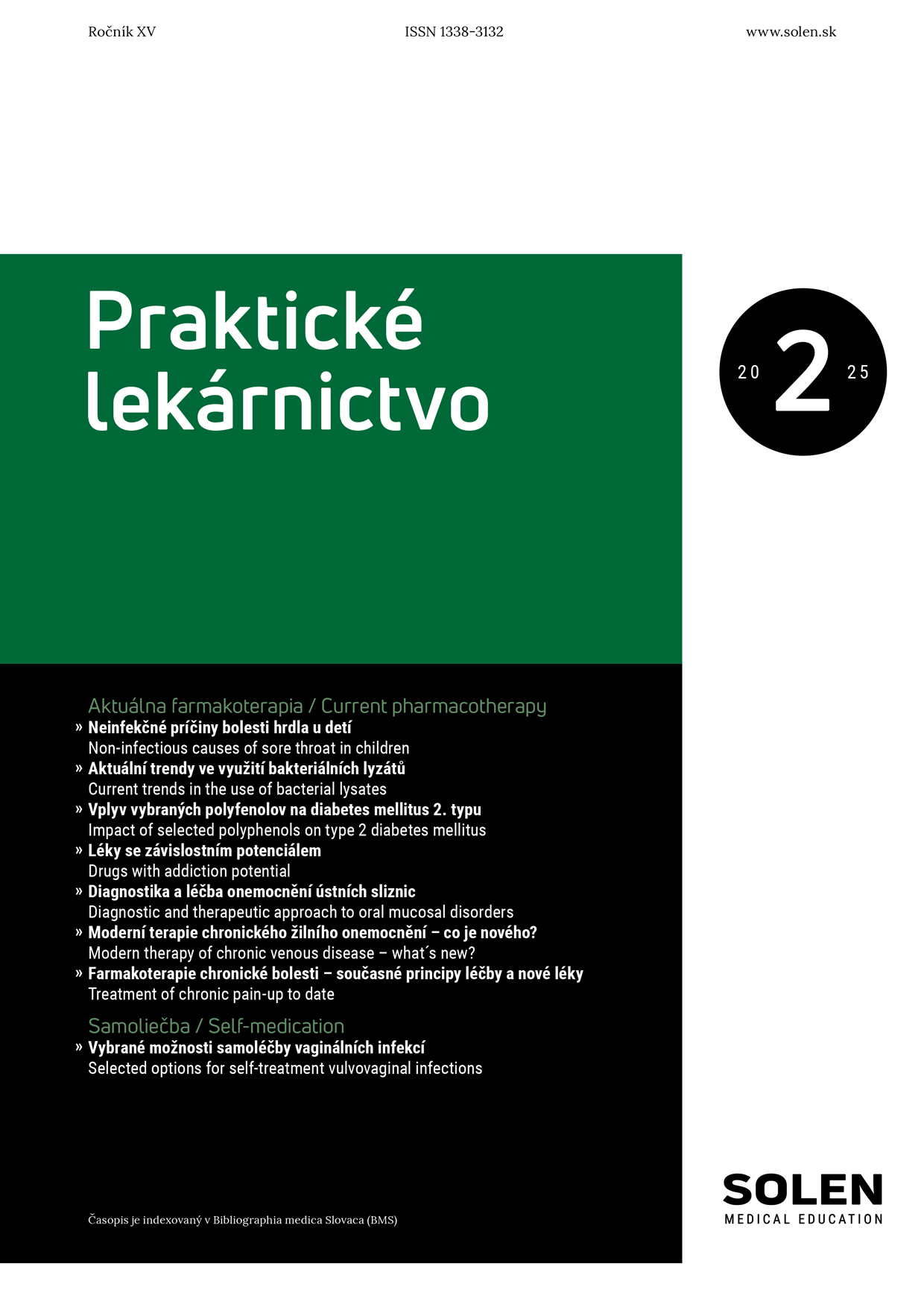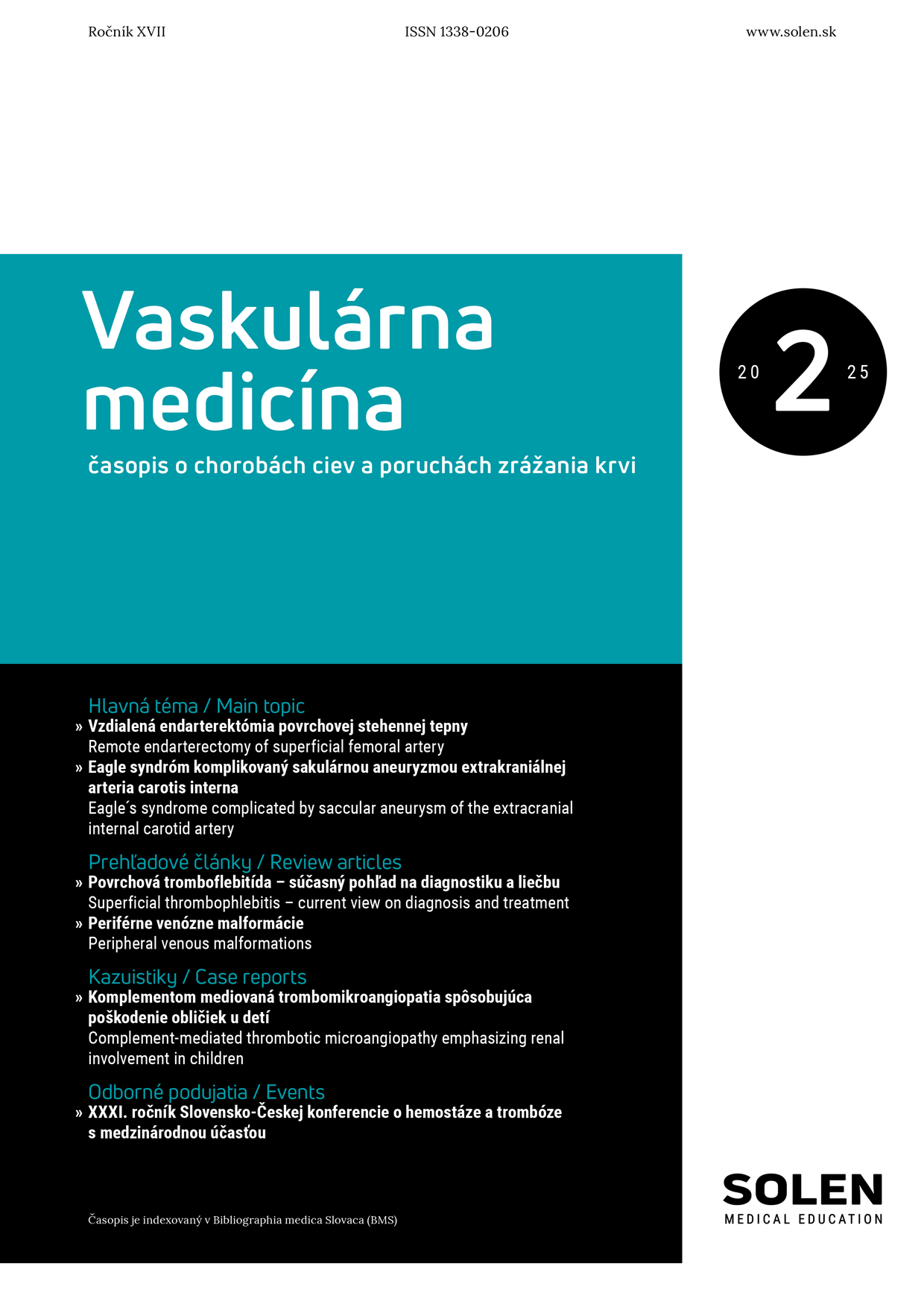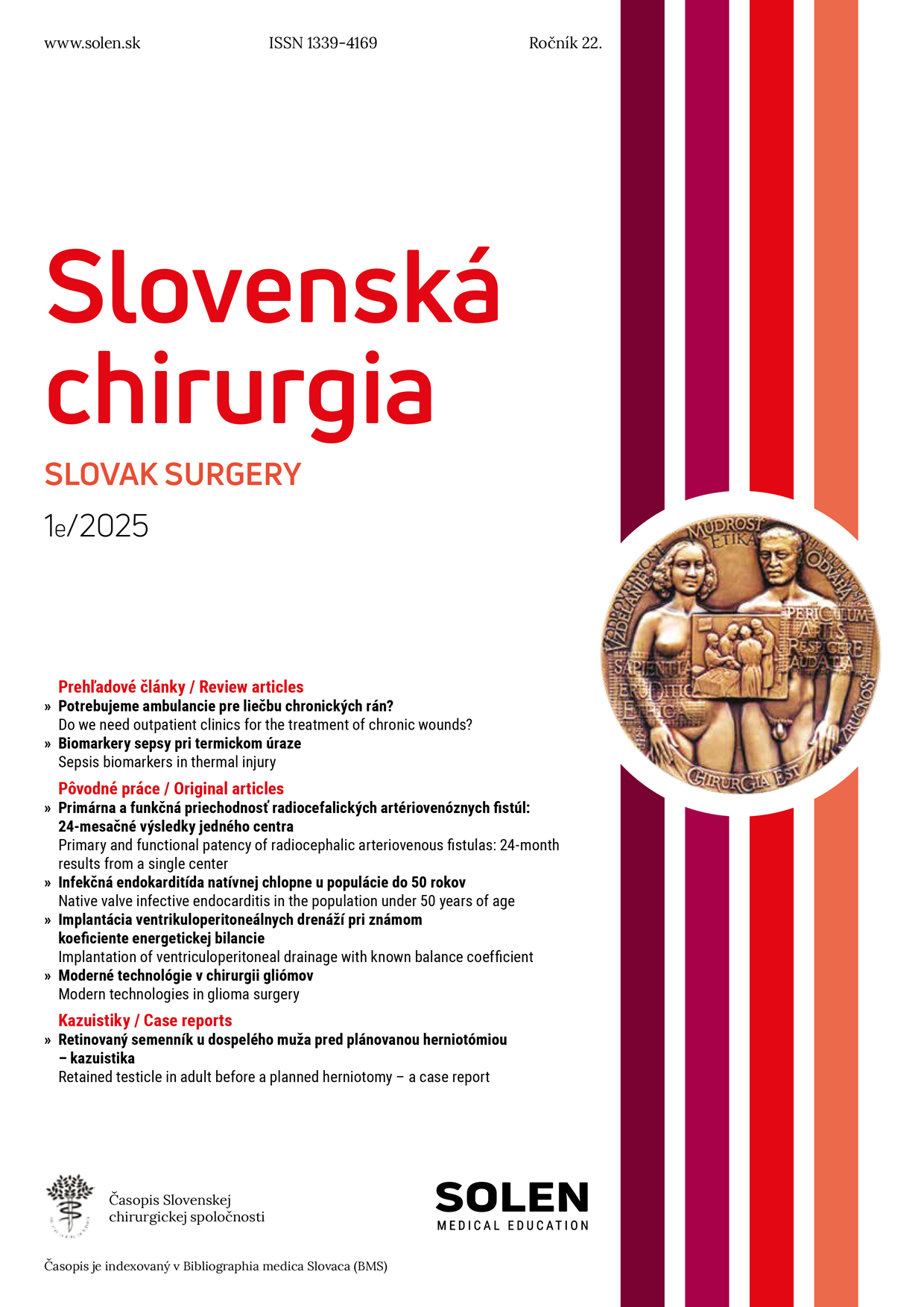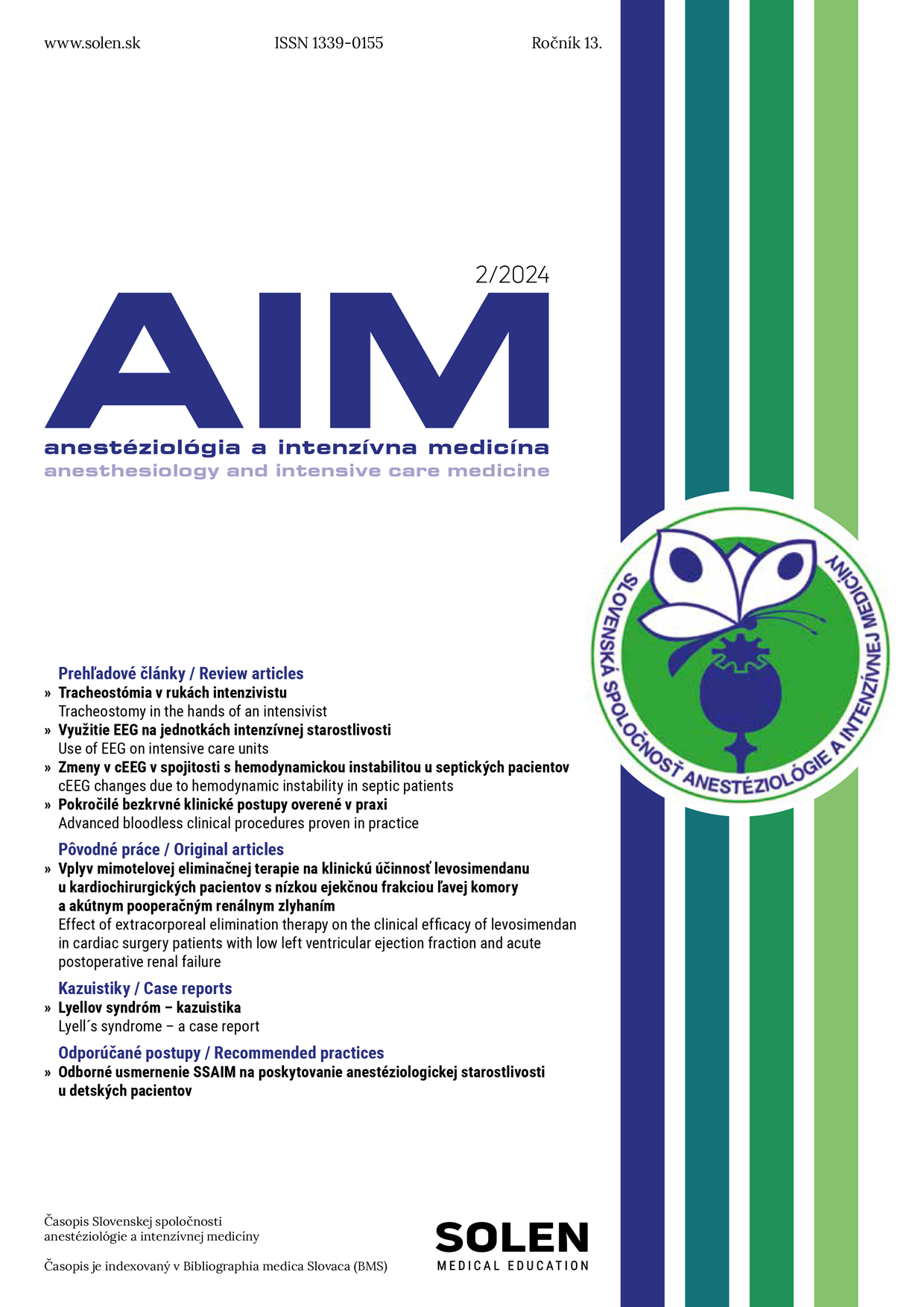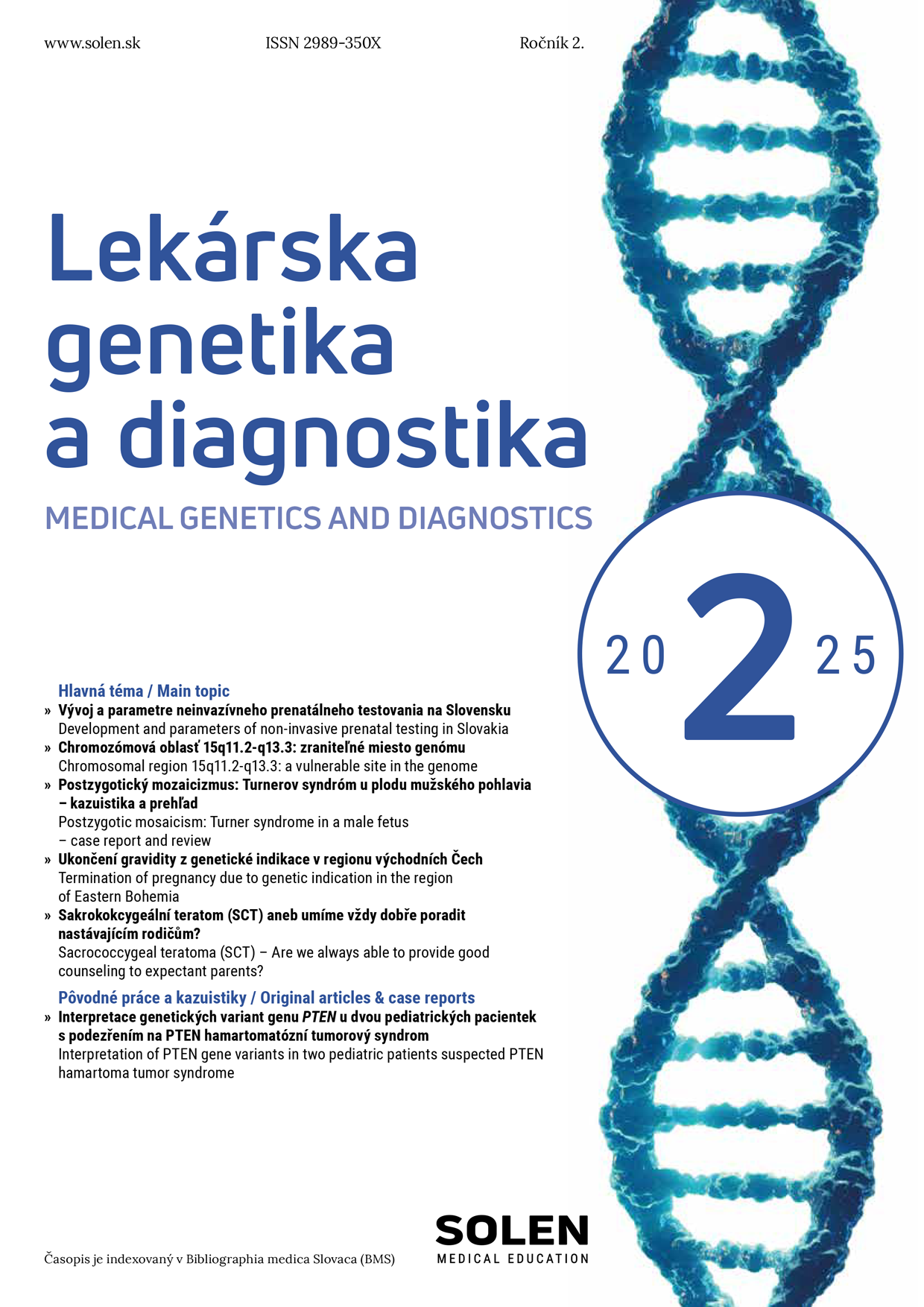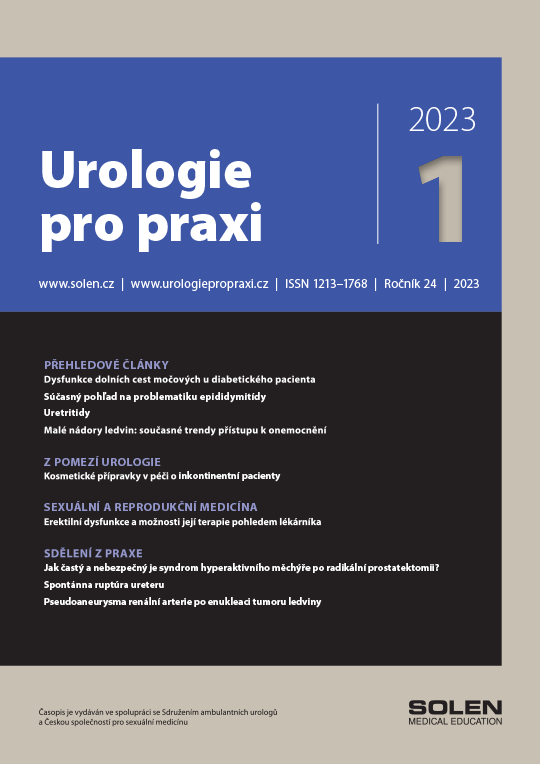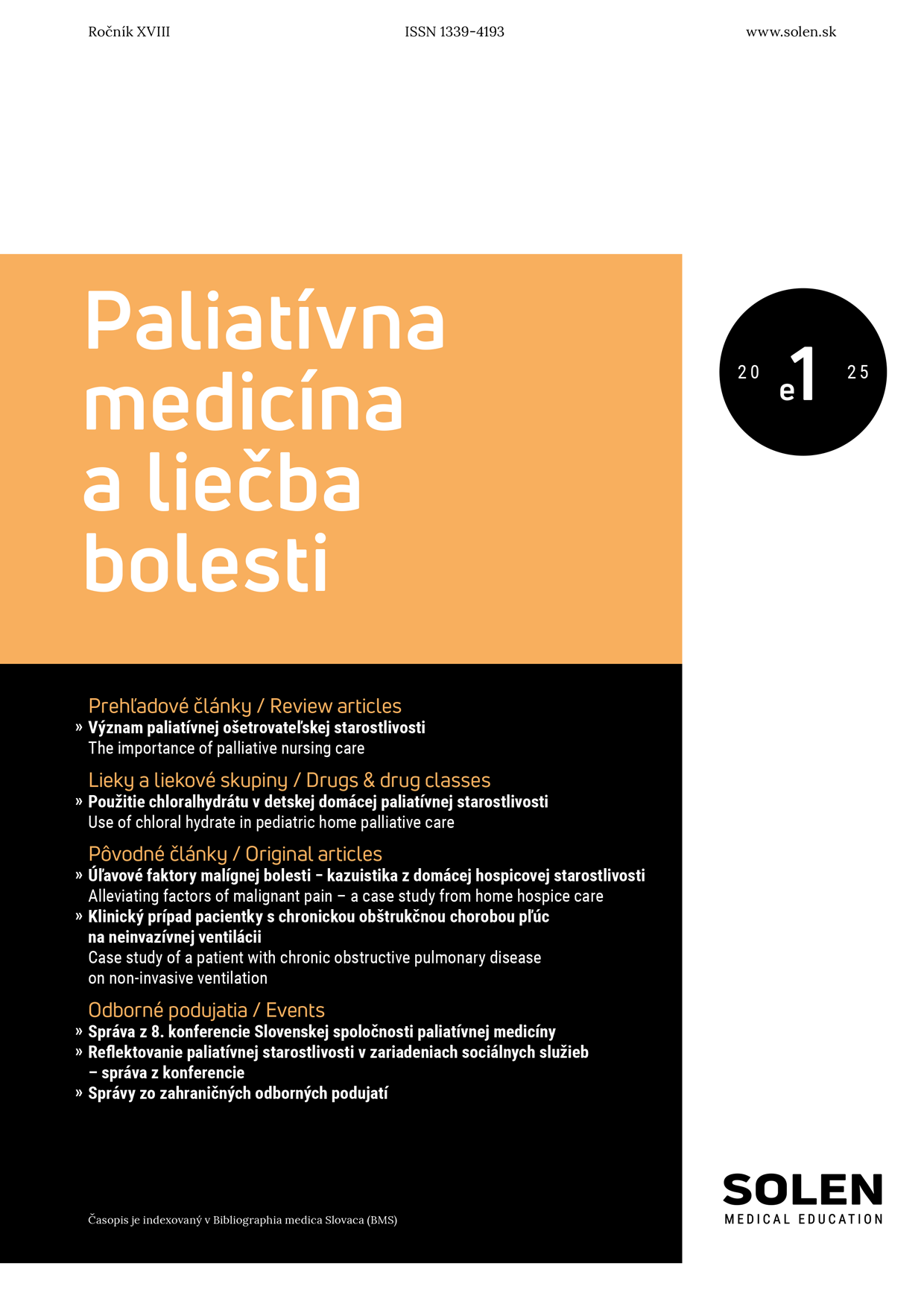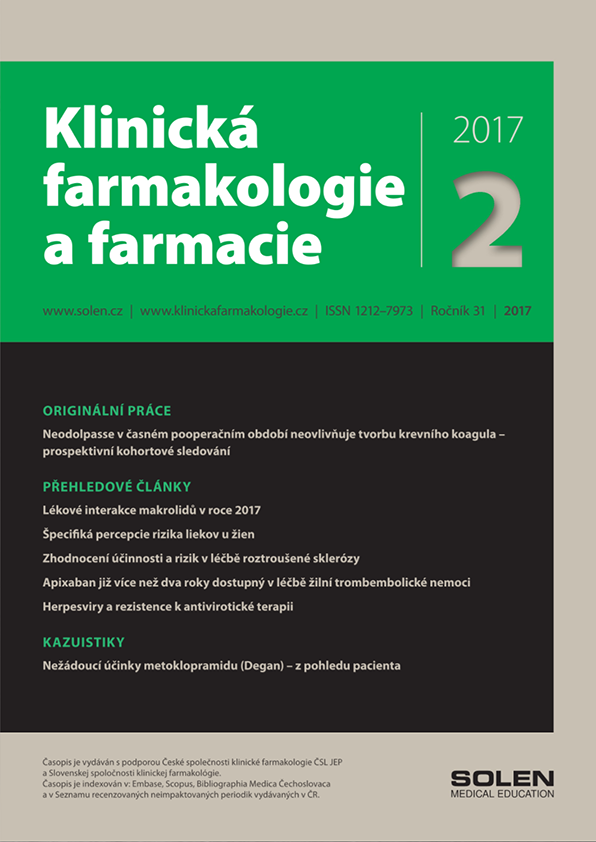Psychiatria pre prax 4/2024
Parasomnias – overview for clinical use
Parasomnias are sleep disorders, some of which are connected to specific sleep phases. Among NREM (non-rapid eye movement) parasomnias belong somnambulism or sleep walking, pavor nocturnus or sleep terrors, confusional arousal. Most of the time they are bening, the biggest danger is occurrence of injuries as a consequence of episode of parasomnia. The onset is most common in childhood and they disappear with age. The onset is in adulthood can be due to psychopathology, based on research there is association with anxiety and depressive disorders or with alcoholism or substance abuse. Among REM (rapid eye movement) parasomnias belong nightmare disorder, recurrent isolated sleep paralysis and REM sleep behavior disorder (RBD). Occasional nightmares occur in most of children, if the frequency of the episodes is too high and the dreams are quite distressing, we can talk about nightmare disorder. In adulthood it´s associated with comorbid psychopathology, most commonly post-traumatic stress disorder. REM sleep behavior disorder has high correlation with synucleinopathies. It can be one of the first symptoms of neurodegenerative disease, sometimes years before disease-specific symptoms appear.
Keywords: parasomnia, somnambulism, confusional arousals, sleep terrors, REM sleep behavior disorder, nightmare disorder


